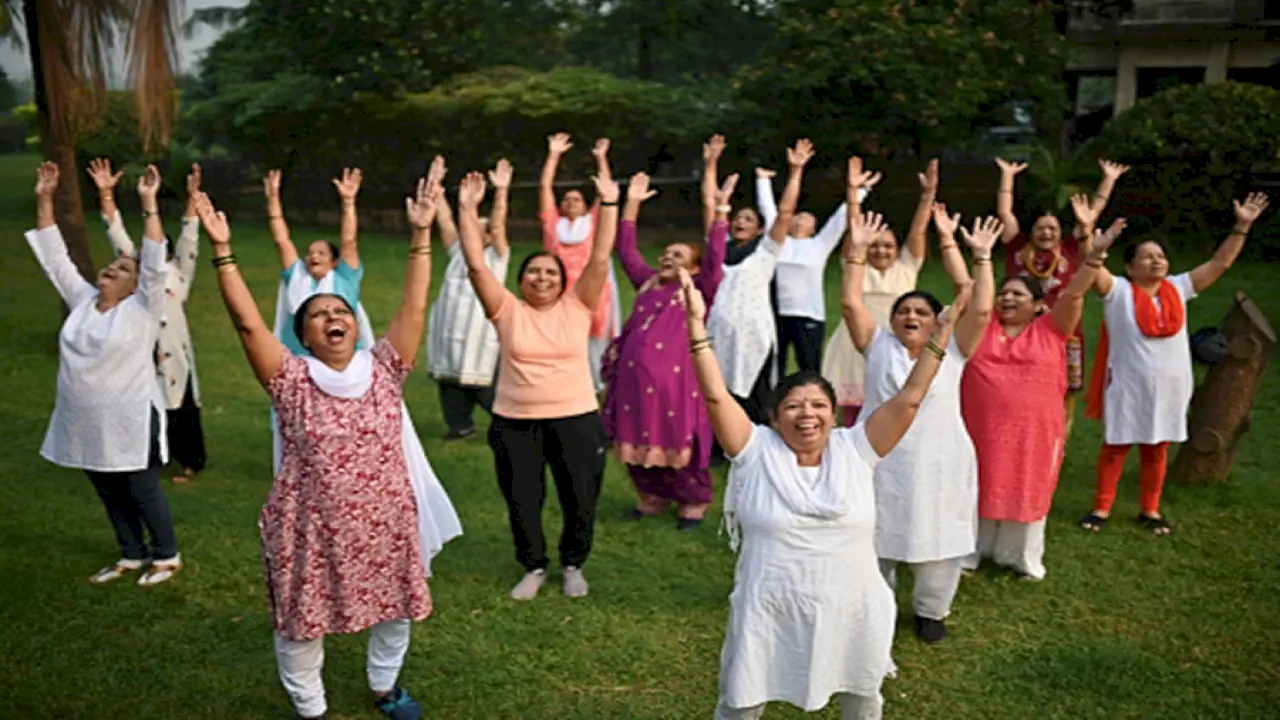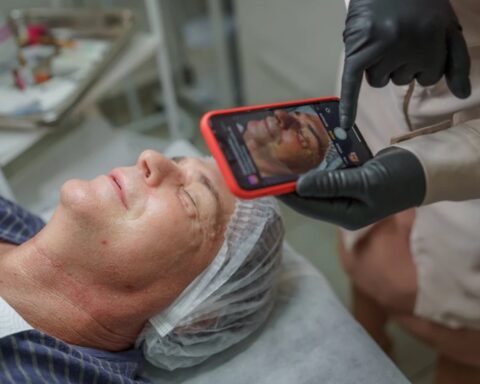Rudrapur (Uttarakhand), February 28, 2024: Exercise is, without question, good for our hearts. But can we potentially get too much of a good thing?
Improving fitness helps boost muscles and bones as well as reducing the risk of diseases, high blood pressure and obesity. However a cardiology expert has warned against doing too much in an attempt to stay healthy as it can have an effect on people’s hearts.
Although moderate exercise is good for the organ, too much high levels can cause a condition known as athletic heart in which the muscle changes its size and shape which can change its function.
A growing body of science, including a new report of the health of almost 1,000 longtime runners, cyclists, swimmers and triathletes, finds that years of heavy endurance training and competition may contribute to an increased chance of developing atrial fibrillation, especially in men.
Atrial fibrillation, or AFib as it’s commonly called, is an irregular heart beat that can lead to blood clots and a higher risk of stroke.
For example, if someone does not exercise routinely, their heart will become stiff and not pump blood as well as it once did.
Routine exercise — especially dynamic exercise like running — maintains a compliant heart and prevents stiffening. A compliant heart will expand a lot more as it fills with blood and, in turn, pump out more blood with each heartbeat.
Exercise changes hearts, usually for the better
A wealth of research shows that physically active people are substantially less likely to develop or die from heart problems than people who rarely exercise.
Exercise demands a lot of our hearts. As soon as we start running or otherwise exerting ourselves, our hearts double or triple the rate at which they pump blood to our laboring muscles.
Over time, this exertion strengthens our hearts, just as it does other muscles, remodeling the organ, including its atriums, which are the upper chambers of the heart. The atriums deliver blood to the lower chambers, the ventricles, which pump it onward. In general, these changes are desirable and welcome.
But for reasons that remain mysterious, years of repeated, strenuous workouts and races may exact a toll on the heart, according to some emerging research.
In a much-discussed 2019 study, for instance, scientists in Sweden gathered medical records for 208,654 Swedish finishers of the Vasaloppet, a draining series of cross-country ski races, with distances of up to 90 kilometers (56 miles), and compared them to those of 527,448 Swedish men and women who didn’t enter the race.
Swedes tend to be active but the hearts of some of those who completed a Vasaloppet showed strain, the researchers found. Overall, the skiers showed no greater risk of AFib than the other Swedes. But those male skiers who had entered the most races or finished with the fastest times, suggesting they’d trained the hardest, were more likely than anyone else, skiers or not, to develop AFib in the following years. (Female skiers had the lowest rates of AFib of any group in the study.)
The most risk comes with the most exercise
In essence, the study found that “highly trained athletes have a higher risk of atrial fibrillation” than people who exert themselves less, although the overall risk remains low, said Kasper Andersen, a physician and epidemiologist at Uppsala University in Sweden, who oversaw the skier study.
That idea was reinforced in the latest study of athletes and atrial fibrillation, published in April in the Clinical Journal of Sports Medicine, which in 2021 solicited medical and training data from 942 male and female longtime endurance athletes. All had, at one point, competed at a local or national level and most still raced.
About 20 percent of these athletes, almost all of them middle-aged men, said they’d been diagnosed with AFib. Three percent of them had had a stroke.
As with the skiers, those athletes who’d trained the most, in terms of years competing and hours of working out per week, were at highest risk for AFib, particularly if they were men and, more surprising, swimmers (including triathletes).
“There was a higher rate of AFib” in the keenest athletes, “when compared to the general population,” said Susil Pallikadavath, a clinical fellow in cardiology at the University of Leicester in England, who led the study. But it wasn’t a random sample, and the incidence likely skewed high, he added, since athletes with AFib probably responded in disproportionate numbers. He’s also unsure why swimming heightened risks in his study, although the sport’s prone positioning may contribute. (There’s no evidence covid-19 infections affected the results;
most of the athletes with AFib were diagnosed well before the pandemic began.)
Pay attention to your heart
What does this research mean for those of us who often exercise or compete?
First, don’t overreact, said Meagan Wasfy, a sports cardiologist at Mass General Brigham hospital in Boston, who has studied and treated AFib in athletes. Moderate exercise, meaning walking or jogging for a few hours a week, protects us against heart conditions of all kinds, including AFib but also coronary artery disease, meaning plaques in the arteries, the deadliest cardiovascular disease.
“By all means, keep exercising,” she said.
But don’t, on the other hand, underreact and ignore new symptoms, just because you exercise. The risk of developing AFib can increase “three to fivefold over a lifetime” if you spend many, many hours every week training, she said.
So, pay attention to sudden heart palpitations or shortness of breath, she said, especially during exercise. Ditto for unexplained declines in your performance. If you wear a smartwatch with a heart rate monitor, note any spikes in your heart rate.
These precautions apply to women, as well as men, Pallikadavath said.
To date, longtime female athletes have shown little extra risk of AFib, but there have been few of them to study. “We really need to explore the risk in female athletes,” he said.
Still, he wants athletes to be reassured. “The benefits of exercise far, far outweigh the risks,” he said. “This message cannot be stated enough.”
Inputs with Agencies





